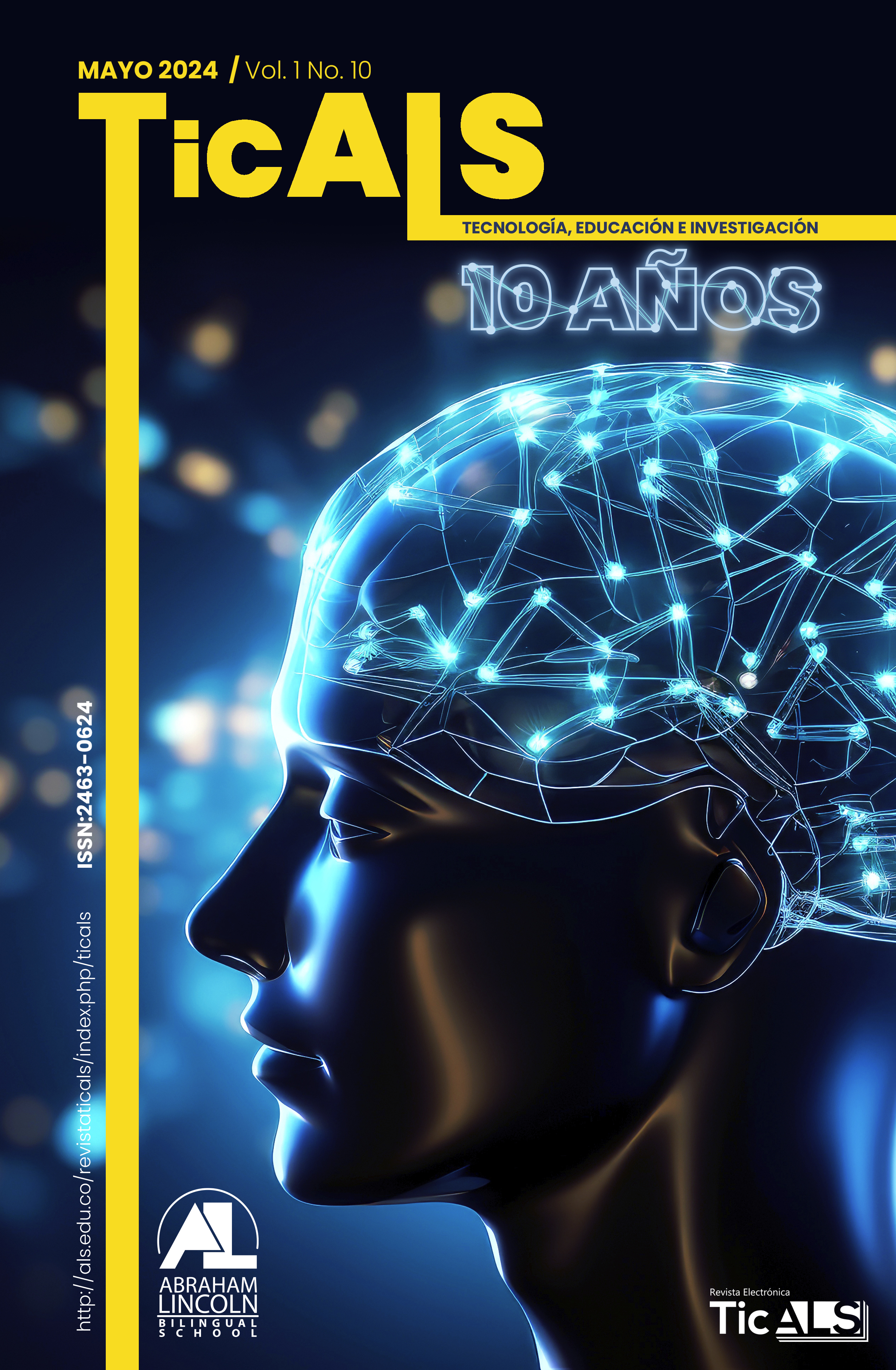Abstract
This article arises from a presentation presented within the framework of the Research Colloquium "Emotions in the framework of social sciences: Interdisciplinary Perspectives", held in Mexico City in September 2023. On behalf of the Central University of Bogotá, it was presented the application of the emotion mapping technique as an innovative tool for data collection in the field of social work.
The main objective of the inclusion of the emotions map in the field research process is to offer an alternative, playful and respectful approach for the identification of the difficulties, tensions, stigmatizations, satisfactions and emotions that emerge in the exercise of leadership. Unlike other traditional techniques, this method seeks to overcome the limitations that they may present when addressing the emotional dimension of the participants.
References
-Callejon María, G. I. (25 de marzo de 2014). El lenguaje del cuerpo. Biblioteca CEU. Obtenido de http://dspace.ceu.es/handle/10637/6060
-Chaux, E., Lleras, J., & Velásquez, A. (2004). Competencias Ciudadanas: De los Estándares al Aula. Una propuesta de integración a las áreas académicas. Bogotá D.C., Colombia: Ministerio de Educación
-Barrero, Edgar. 2006. De Macondo a Mancuso. Conflicto, violencia política y guerra psicológica en Colombia, Ediciones Le Monde Diplomatique, Colombia.
- Fernández Porta, 2012; Emociónese así. Anatomía de la alegría. Editorial Anagrama. Barcelona.
- Fenándes, B. (2012). Movimentos socioterritoriais e movimentos socioespaciais: contribuição teórica para uma leitura geográfica dos movimentos sociais. Revista Nera, 8(6), 24-34. https://doi.org/10.47946/rnera.v0i6.1460
- Gaviria, M. (2020). Territorialidades en la ciudad-región Eje Cafetero, Colombia. Territorios, (42), 1-24. https://doi.org/10.12804/revistas.urosario.edu.co/territorios/a.7012
-García N. (1978), Culturas híbridas, estrategias para entrar y salir de la modernidad. México, Grijalbo.
-Maturana H, Varela FJ (1973), De máquinas y seres vivos: una teoría sobre la organización biológica. Santiago de Chile: Universitaria; 1973
-Maier, S. (2009). Beyond the skin: The body and its extensions in contemporary dance. University of Minnesota Press
- Núñez, J. M., & García, C. (2014). El cuerpo en psicoterapia: De la teoría a la práctica. Editorial Desclée De Brouwer
- Levine, P. A. (2010). Waking the tiger: Healing trauma and restoring resilience. North Atlantic Books.
- Pérez Salgado, I. (2014). El mapa de emociones: Una herramienta para el desarrollo personal y la salud emocional. Editorial Desclée De Brouwer.
- Pesso, F. (2003). Exploring the bodywork: The somatic dance between mind and matter. Routledge.
-Renee, C. (2005). Los Mapas Corporales. Madrid, Tarragona, España: Mandala Ediciones.
- Santos, M. (2004). Espacio y poder. Fondo de Cultura Económica.
-Osorio, S., y Vergara, M. (2016). La cartografía emocional y los paisajes sonoros: Una manera diferente de entender la ciudad. HojaLata, 8, 35-46. https://revistasum.umanizales.edu.co/ojs/index.php/hojalata/article/view/1779/1871
- Zemansky, Z. & Knapp, M. L. (2003). Nonverbal communication and human relations (6th ed.). McGraw-Hill.

